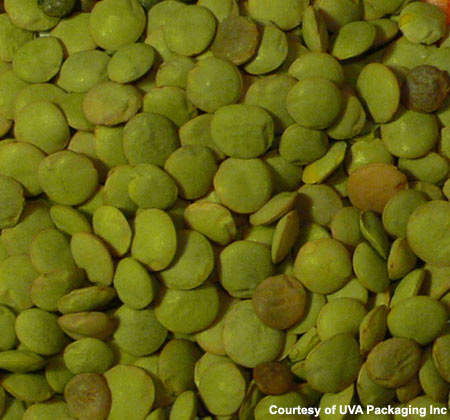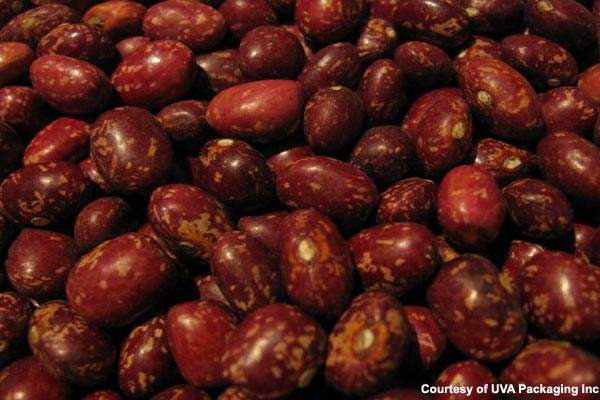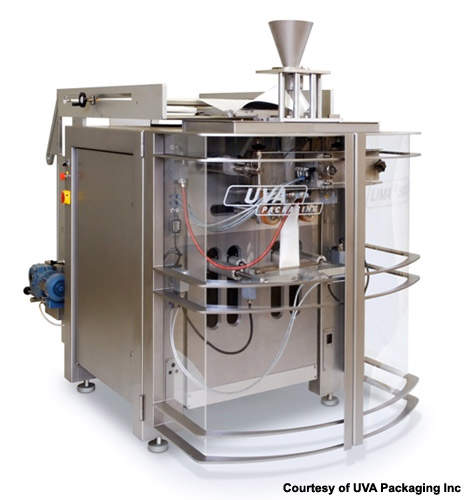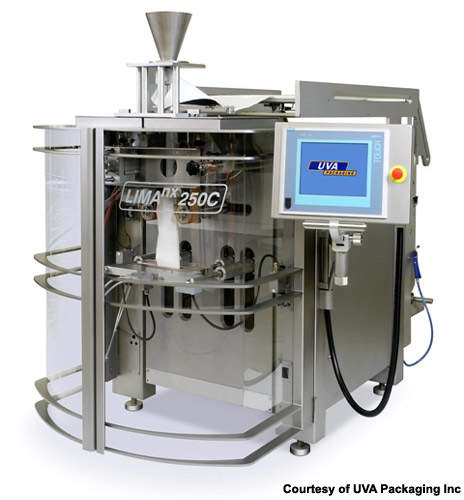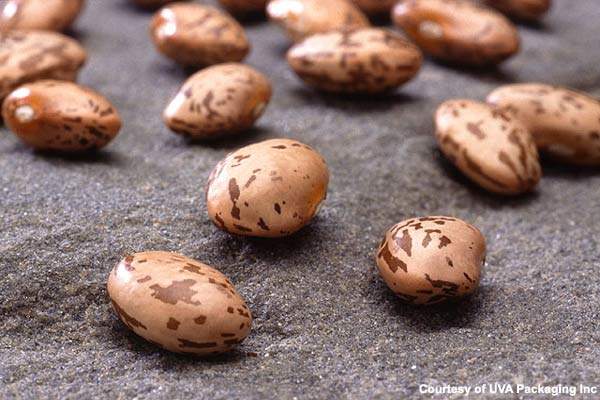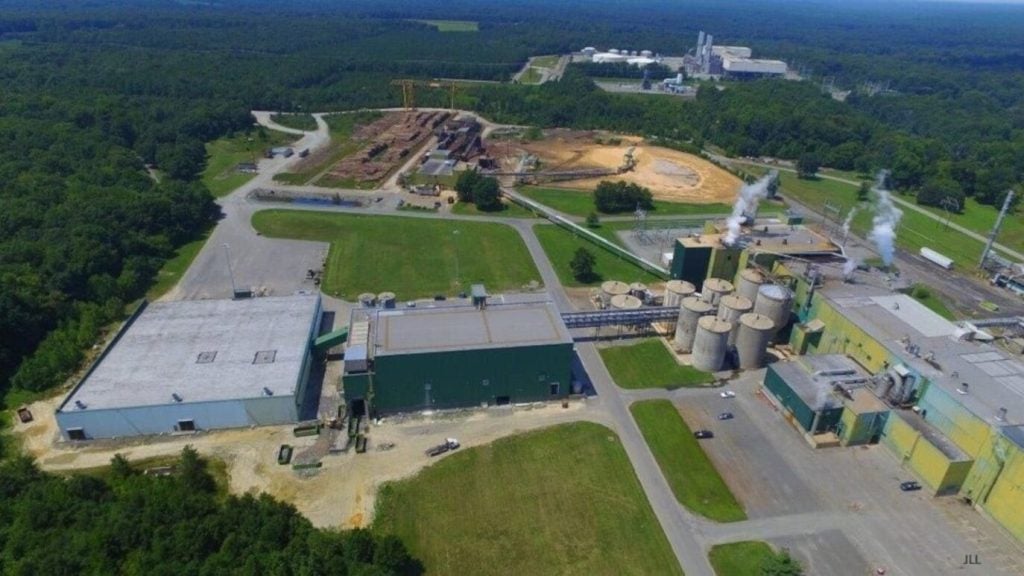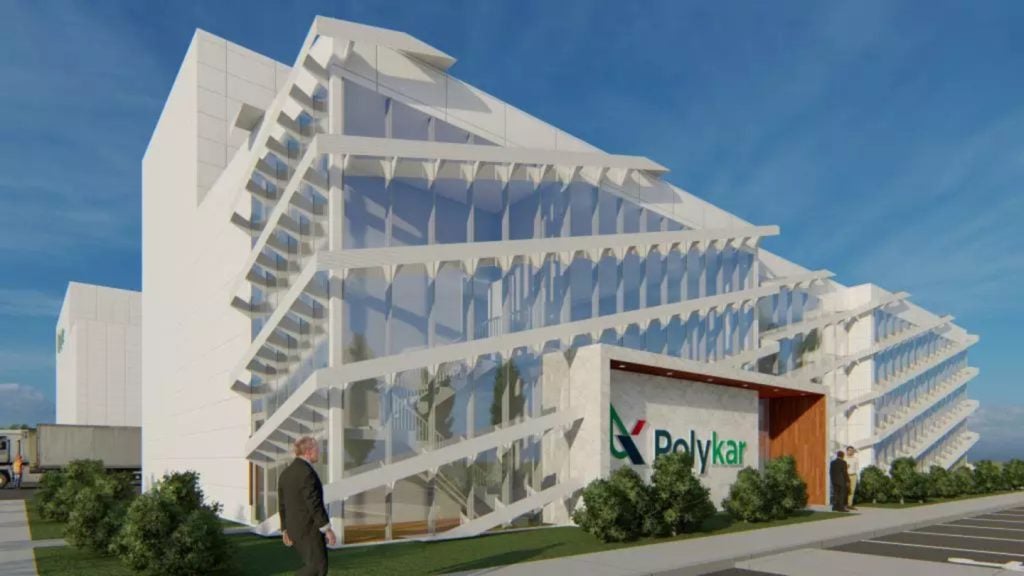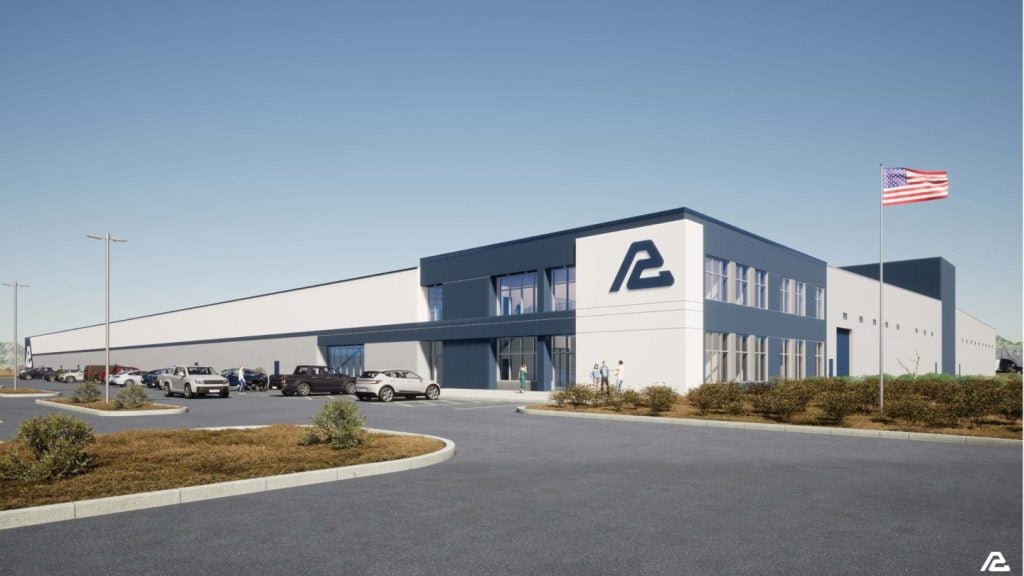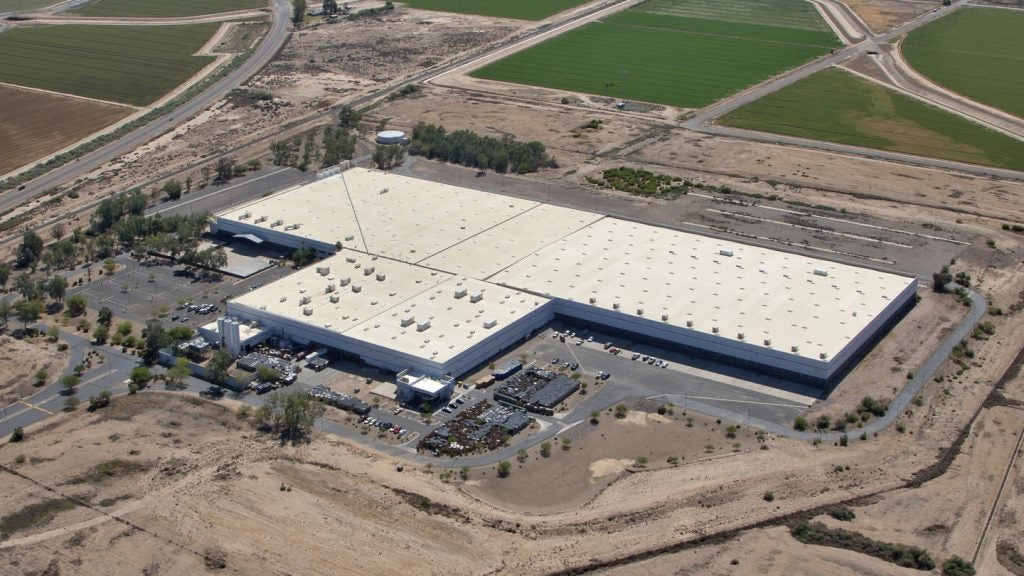LH Hayward is a company based in the New Orleans suburb of Harahan and specialises in the packaging of over 19 different varieties of pea, beans and lentils for the US market.
The company, founded in 1923, not only packs the products in bag sizes for the retail market (1lb, 2lb and 4lb bags) but also packs in larger bags for commercial customers in sizes up to 100lb, with six different bag sizes overall.
Hayward’s is the largest packer of red kidney beans in the US and its customer base majors on surrounding states such as Texas, Louisiana, Georgia, Arkansas, Alabama and Tennessee. The company’s trademark brand is the Camellia brand and this has been in existence since 1947.
LH Hayward Packaging equipment
The company was looking into improving the efficiency of its packaging operation and following consultation in 2006 two vertical-form-fill-seal machines (LIMA 250) were purchased from UVA packaging and installed by mid-2007. The human machine interface (HMI) was supplied by Siemens Energy & AutomationThe air removal equipment consists of a 10ft-long chamber containing two side belts and a top belt. The top belt removes air from the bags through small holes at the top of the bagsThe air removal equipment consists of a 10ft-long chamber containing two side belts and a top belt. The top belt removes air from the bags through small holes at the top of the bagsThe air removal equipment consists of a 10ft-long chamber containing two side belts and a top belt. The top belt removes air from the bags through small holes at the top of the bagsThe air removal equipment consists of a 10ft-long chamber containing two side belts and a top belt. The top belt removes air from the bags through small holes at the top of the bags.
The two machines, placed side by side, can run at a rate of 80 bags per minute and has been integrated as part of the 1lb, 2lb and 4lb bag packaging line. The packaging material is supplied as a heat-sealable polypropylene laminated film supplied by Printpack, with three-colour flexographic printing. The laminated film is fitted on a pneumatic spindle at the back of the machines. Vacuum draw-off belts pull the film through the machine to the front. The coding on the packs is carried out by using a thermal transfer coder (Smart Date 5), supplied by Markem-Imaje. The coder is also mounted on the back of the machine and is integrated with the film carrier.
Packaging process
The bag formation process in the machine starts with the polypropylene film, which passes around a forming collar and then is pulled down a forming tube. Following this a sealer unit forms the overlap seal and a portion of beans is measured into the bag prior to vertical sealing. The film then moves towards horizontal sealing jaws, which seal the film on both ends using induction heat and pressure. The process is monitored by photo sensors and the bags are cut off using an air activated knife prior to the next filling cycle, The cut-off point is adjusted by detectable markings on the film to maintain pack registration.
The machine is controlled using Siemens Technology, including a PLC controller and four servo drives operating dual draw off belts. The beans are measured to the machine using a volumetric cup filler provided by Spee-Dee Packaging Machinery, attached above the form-fill-seal machine.
The cup fillers are fed from above with beans which feed into a rotating turret arrangement which ultimately drops the beans down into a metal tube and into the bag.
This is driven by a servo from Alpha Gears Drive. UVA was able to integrate these different components into a highly efficient packaging process. When the bags drop out of the f/f/s machine they are carried to a conditioner unit, supplied by EDL Packaging, which squeezes the packs to remove the air. The air removal equipment consists of a 10ft-long chamber containing two side belts and a top belt. The top belt removes air from the bags through small holes at the top of the bags.
The air removal equipment and bundler supplied by EDL contain Epsilon EP servo drives manufactured by Emerson Control Techniques and a CTC human/machine interface produced by Parker Electromechanical Division. The unit is also equipped with Allen-Bradley programmable logic controllers manufactured by Rockwell Automation.
The bags are then passed to a shrink bundler, which wraps 24 x 1lb bags in a two-layer film oriented at 90° to one another. This Double Tight Wrap shrink bundler was supplied by EDL Packaging. Following this the bags leaving the bundler are labelled using a Little David LS-800DT labelling system from Loveshaw, incorporating a Model M8485Se thermal printer from Sato America.

